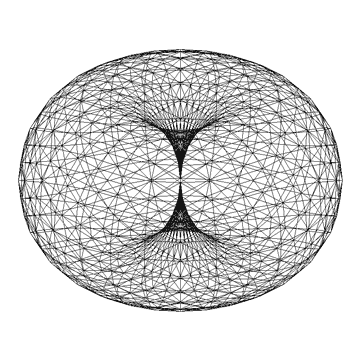=
x
^
x
x
equation


<<james oroc
[regarding david bohm (holographic brain theorist)]
in exploring the edge realms of consciousness
(ed. dan pinchbeck & ken jordan) p 21

The holonomic brain theory, developed by neuroscientist Karl Pribram initially in collaboration with physicist David Bohm, is a model of human cognition that describes the brain as a holographic storage network. Pribram suggests these processes involve electric oscillations in the brain's fine-fibered dendritic webs, which are different from the more commonly known action potentials involving axons and synapses. These oscillations are waves and create wave interference patterns in which memory is encoded naturally -- wiki



If a hologram of a rose is cut in half and then illuminated by a laser, each half will still be found to contain the entire image of the rose. Indeed, even if the halves are divided again, each snippet of film will always be found to contain a smaller but intact version of the original image. Unlike normal photographs, every part of a hologram contains all the information possessed by the whole.
If the apparent separateness of subatomic particles is illusory, it means that at a deeper level of reality all things in the universe are infinitely interconnected. The electrons in a carbon atom in the human brain are connected to the subatomic particles that comprise every salmon that swims, every heart that beats, and every star that shimmers in the sky. Everything interpenetrates everything, and although human nature may seek to categorize and pigeonhole and subdivide, the various phenomena of the universe, all apportionments are of necessity artificial and all of nature is ultimately a seamless web.
Ken Wilber, A Brief History of Everything
holarchy
made up of
holons
Nassim Haramein Holofractographic Universe Theory
x
